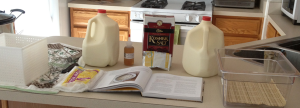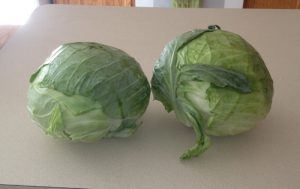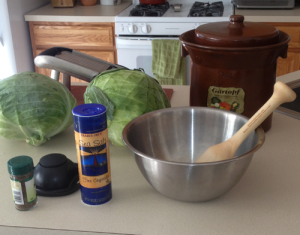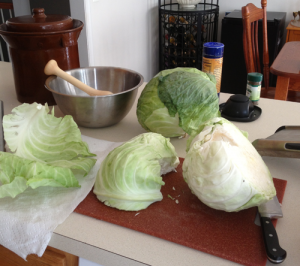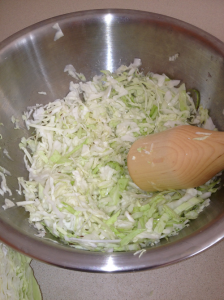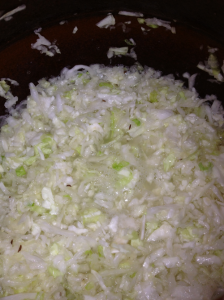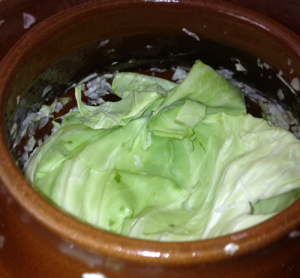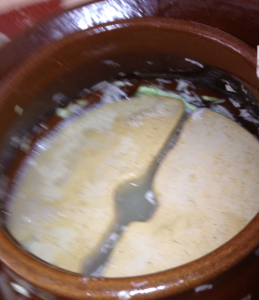
The Dom Pedro Aquamarine, glows in the light. Much as I hope to shine a light on my lack of posts for the last few months.
Its been about two months since I blogged anything. It was an unintended hiatus due to a number of factors and I apologize. I still have a lot of passion for this blog and what I’m doing. But *things* got in the way. So I’ll let this first blog post of 2013 just serve as a catchup as to the why’s and what’s going on in my life. I plan on expanding on some of these in the following weeks.
The first situation happened in the middle of November, when I was dealing with rumors that the online school I was attending was closed. The rumors turned out to be true and I received official word in later that week. For the next few weeks I had to deal with disputing the amount on my credit card and figuring out what I was going to do. I had to make plans depending on whether or not I was going to get my money back, and start researching out new schools. In many ways this was a blessing for me. There’s been no secret that I was dissatisfied with the curriculum and given this situation I could do something about it. But along with my full-time job of programming, I added more time then I had spent studying trying to deal with all this.
The second situation that happened was that within a three-week period (over the holidays) I got hit with first a bad cold, then the flu. This knocked me out, threw me for a loop and it was all I could to do function on the things I had to do. On the other hand I managed to walk my talk. I found some great herbal remedies for the cold which I’ll be sharing with you. I never took any store-bought cold medicines and I was over the worst of the cold in 3 days after starting these remedies.
I did have something good happen. That 6 month weight loss plateau that I’ve been dealing with? Gone. I’m down 3 pounds since the first of the year. Haven’t changed anything (well I stopped exercising, because of the first two situations), my eating is still the same as it has been all these months, but my body apparently decided it was ready to start dropping weight again. So officially I’m down 23 pounds since last January. I’ll take it.
In the next few weeks, I’ll have posts on the cures for congestion and coughing, making a pasta-less lasagna and a longer post on what happened with my studies.
In the meantime I leave you with a photo I took at the American Museum of Natural History, it is the recently unveiled Dom Pedro Aquamarine, the largest cut aquamarine in the world. Well worth the visit if you come to the DC area.

Tags: Personal Story






